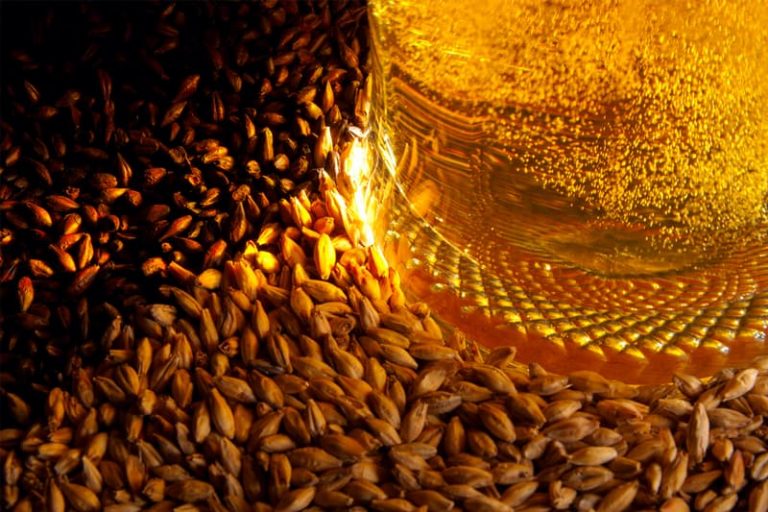
What are the sources of iron ions in beer?
Raw and auxiliary materials
- Malt: 3~7 mg/kg
- Rice: 2~6 mg/kg
- Hops: 0.4~1 mg/kg
- Brewing water: <0.2 (mg/L)
- Diatomite: 30~70 mg/kg
Dissolution of iron ions
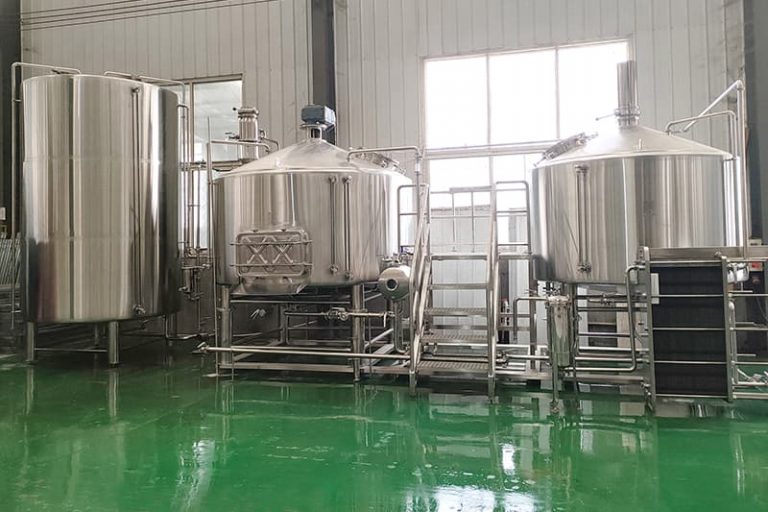
The nature of iron ions in the brewing process
Redox properties
Catalytic properties
Form a complex
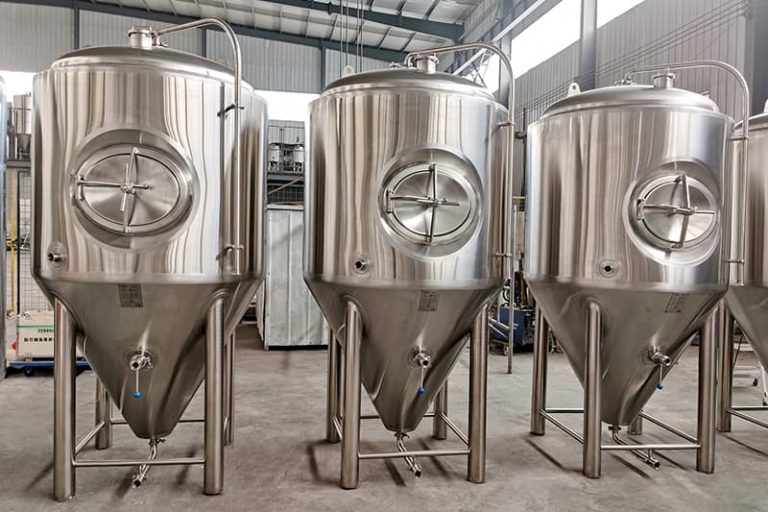
The role and harm of iron ions in beer brewing
The role and harm of iron ions in the mashing process
The role and harm in the boiling process
The role and harm of iron ions in beer fermentation
Impact on the quality of finished beer
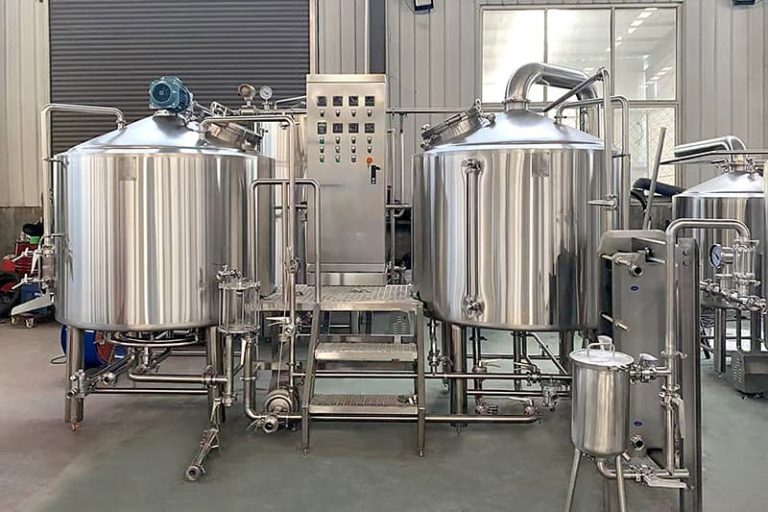
Control of iron ion content in beer brewing process
Control the iron ion content of raw materials and water
Properly increase the pH value of wort
Use good and strong yeast
Use diatomaceous earth filter aid with less iron
Use corrosion-resistant stainless steel containers and pipes
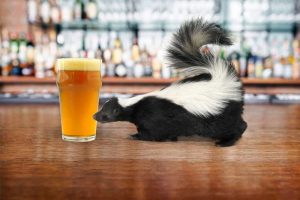
The most common odor in commercial beer and craft beer is the smelly “Light-struck” flavor and aroma. It can make your beer emit a strong smell (it feels like a skunk) and make it unpleasant to drink. Guide to beer off-flavors: Light-struck What is Light-struck? When light hits the beer, the ultraviolet rays interact with

No matter how many times you have brewed beer in the past when you open the first bottle of a new batch, it is always exciting. Maybe the aroma of hops will be as good as expected, maybe the beer will be muddy, or the beer will taste like vinegar. Beer that tastes like vinegar

Beer always contains some form of phenols (phenols and polyphenols, etc.), such as tannins (directly derived from hops and malt). Although low levels of polyphenols can increase the taste of beer, high levels of polyphenols can cause dryness and astringency. When beer glasses are described as phenols, they usually refer to volatile phenols. Volatile phenols

Some craft beer will produce excessive alcohol taste and aroma. This can vary from a slight alcoholic warmth to strong alcohol that tastes like moonshine. Next, Micet Craft will explore the root cause of the alcoholic odor. In addition, this is also the eighth article about beer’s peculiar smell. If you are interested, you can

The presence of hydrogen sulfide (H2S) in beer will give the beer a unique smell of rotten eggs. In some beer styles, a small amount of hydrogen sulfide will form a unique flavor in the beer. But, if beer contains more hydrogen sulfide, the beer may produce a pungent rotten egg flavor, which is not

The peculiar smell in beer has always been a headache for brewers, although some peculiar smells are characteristic in some beer styles. But acetaldehyde is a special taste, because it may cause you to have a hangover, which is very detrimental to your health. Next, Micet Craft will introduce you to acetaldehyde-related content, so that

One of the most frequently mentioned odors in beer evaluation is dimethyl sulfide (DMS). DMS is a sulfur compound that is generally thought to give beer creamed corn or cooked vegetable characteristics. Most beer brewers know very well how to reduce the risk of DMS entering the beer, such as checking the boiling time and

Is my beer infected? This is a question we often receive. Next, Micet Craft will introduce the content of beer infection. This is also the fourth article in our beer off-flavors series. If you are interested, you can read other articles related to odor. We hope to help you better complete beer brewing. Guide to beer

The most important ester found in beer is isoamyl acetate, which has a flavor like rubber or pear blossom. Isoamyl acetate is considered an ester, or a mixture of alcohol and acid. Because fermentation (yeast converting sugar into alcohol) produces isoamyl acetate, isoamyl acetate is a very common off-flavors in all beer. Although the content

Both commercial brewers and homebrewers are doing their best to reduce the oxygen content in the finished beer. The oxygen in the finished beer will destroy the long-term stability of the beer’s flavor and clarity, as well as cause peculiar smells. The oxidized beer will show a paper peculiar smell or even a sweet stone

The most common odor in commercial beer and craft beer is the smelly “Light-struck” flavor and aroma. It can make your beer emit a strong smell (it feels like a skunk) and make it unpleasant to drink. Guide to beer off-flavors: Light-struck What is Light-struck? When light hits the beer, the ultraviolet rays interact with

No matter how many times you have brewed beer in the past when you open the first bottle of a new batch, it is always exciting. Maybe the aroma of hops will be as good as expected, maybe the beer will be muddy, or the beer will taste like vinegar. Beer that tastes like vinegar

Beer always contains some form of phenols (phenols and polyphenols, etc.), such as tannins (directly derived from hops and malt). Although low levels of polyphenols can increase the taste of beer, high levels of polyphenols can cause dryness and astringency. When beer glasses are described as phenols, they usually refer to volatile phenols. Volatile phenols

Some craft beer will produce excessive alcohol taste and aroma. This can vary from a slight alcoholic warmth to strong alcohol that tastes like moonshine. Next, Micet Craft will explore the root cause of the alcoholic odor. In addition, this is also the eighth article about beer’s peculiar smell. If you are interested, you can

The presence of hydrogen sulfide (H2S) in beer will give the beer a unique smell of rotten eggs. In some beer styles, a small amount of hydrogen sulfide will form a unique flavor in the beer. But, if beer contains more hydrogen sulfide, the beer may produce a pungent rotten egg flavor, which is not

The peculiar smell in beer has always been a headache for brewers, although some peculiar smells are characteristic in some beer styles. But acetaldehyde is a special taste, because it may cause you to have a hangover, which is very detrimental to your health. Next, Micet Craft will introduce you to acetaldehyde-related content, so that

One of the most frequently mentioned odors in beer evaluation is dimethyl sulfide (DMS). DMS is a sulfur compound that is generally thought to give beer creamed corn or cooked vegetable characteristics. Most beer brewers know very well how to reduce the risk of DMS entering the beer, such as checking the boiling time and

Is my beer infected? This is a question we often receive. Next, Micet Craft will introduce the content of beer infection. This is also the fourth article in our beer off-flavors series. If you are interested, you can read other articles related to odor. We hope to help you better complete beer brewing. Guide to beer

The most important ester found in beer is isoamyl acetate, which has a flavor like rubber or pear blossom. Isoamyl acetate is considered an ester, or a mixture of alcohol and acid. Because fermentation (yeast converting sugar into alcohol) produces isoamyl acetate, isoamyl acetate is a very common off-flavors in all beer. Although the content

Both commercial brewers and homebrewers are doing their best to reduce the oxygen content in the finished beer. The oxygen in the finished beer will destroy the long-term stability of the beer’s flavor and clarity, as well as cause peculiar smells. The oxidized beer will show a paper peculiar smell or even a sweet stone

